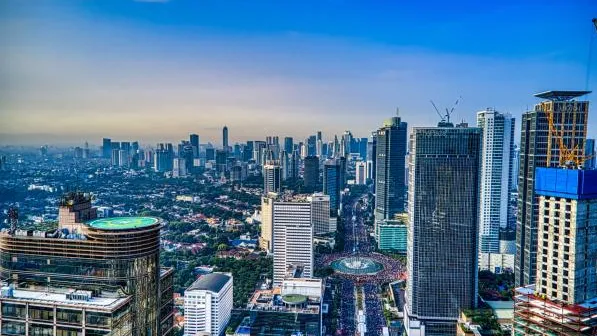
Jakarta retail occupancy rate rises to 72.8% in Q3
Thanks to the absence of new supply and robust mall visitations.
According to a recent report from Colliers, rental activity in Jakarta’s retail sector shows notable growth compared to last year. The surge in demand is particularly noticeable in the F&B sector, which dominates leasing activities within the mall.
Some anchor tenants are actively looking for new spaces for expansion. A prominent example is the well-known supermarket chain AEON Store which recently inaugurated its first store in Alam Sutera. Similarly, the sneaker and footwear retailer has been pursuing an aggressive expansion strategy, steadily opening new stores since last year.
Here’s more from Colliers:
Despite the saturated grab-and-go coffee market in Indonesia, another player has entered the scene by opening its first store in Indonesia. This Chinese coffee shop chain has set up shop in Kuningan City, South Jakarta. If their international expansion plans materialise, we expect they will establish additional outlets, not only in Jakarta but also in the Greater Area. This trend is indicative of growing retailer confidence, as evidenced by their ongoing expansion into shopping malls.
The prolonged absence of new supply, combined with the positive trends in mall visitation and retail transactions, has led to a decline in vacancy rates in Jakarta. As of Q3 2023, the average occupancy rate in Jakarta stood at 72.8%, marking a slight increase compared to the previous quarter. However, with ongoing mall construction expected to conclude by the end of the year, a slight drop in occupancy rates is anticipated to close out 2023.
In the Greater Jakarta area, occupancy was recorded at around 70.4%, relatively stable over the past three months. Newly opened malls still have commitments from tenants who are in the process of fitting out their stores and have not yet commenced operations. However, high supply is expected by the end of 2023 and could impact occupancy levels in the Greater Jakarta area.
The eagerness to open new stores is palpable, although the completion of new malls by the end of 2023 may temporarily disrupt the average occupancy rates. Nevertheless, the commitment of tenants within these malls is expected to drive a subsequent improvement in average occupancy rates in the coming years.



















 Advertise
Advertise







